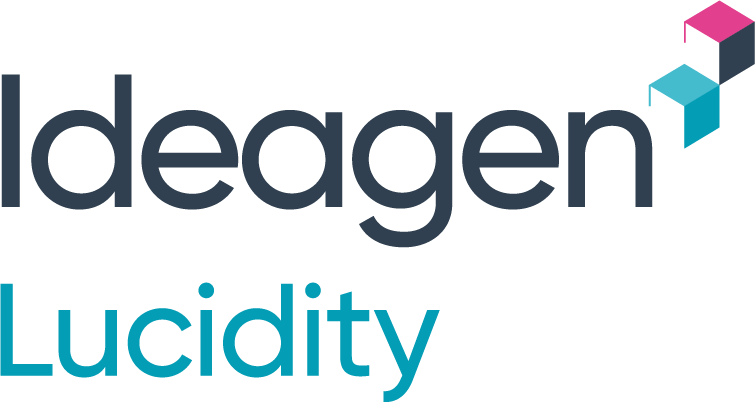Just over a year ago, we delved into the emerging technology trends in Workplace Health and Safety (WHS), and since then, we have seen some changes and new developments. Are the trends we discussed still relevant, or has the needle moved? Let's take a closer look and explore what factors may be influencing the future of workplace safety.
SMART TECHNOLOGY
Advancements in health and safety technology are reliant on Artificial Intelligence (AI), machine learning, and the Internet of Things (IoT). AI solutions are particularly useful in industries dealing with hazardous chemicals, gases and machinery. Small sensors are being embedded in safety equipment and wearables, which can detect potential dangers such as excessive heat or noise and alert workers. Wearables can also monitor bodily movements to ensure proper technique and prevent injuries from repetitive actions or heavy lifting. Furthermore, employers and supervisors can receive notifications and take immediate action if needed; this information can also be used to identify hazards and plan future work proactively.
The advantages of smart technology integration in the workplace are already apparent. By 2030, it is expected that this integration will result in a more automated workplace and reduce work-related injuries by 11%. However, it is important to consider that while automation may replace some manual tasks, workers will now have to manage more technology. This could result in less exposure to physical risks but more exposure to psychosocial hazards due to reduced interpersonal interactions and the pressure to learn new skills.
DATA
Data is crucial in WHS because it empowers informed decision-making by identifying trends, potential risks, and areas for improvement, ultimately enhancing workplace safety. Analysing data allows organisations to address hazards proactively, predict potential accidents, and tailor safety measures to specific challenges, fostering a proactive safety culture.
It plays a crucial role in risk management as it helps identify potential hazards before they escalate into accidents. Integrated systems like Lucidity have played a pivotal role in facilitating easy data collection and analysis, leading to improved business processes.
Advancements in Business Intelligence, Predictive Analytics, and Artificial Intelligence will allow businesses to use WHS data as a competitive advantage beyond compliance.
EMPLOYEE WELLBEING AND PSYCHOLOGICAL HEALTH & SAFETY
Over the past year, employee well-being has become a top priority, particularly concerning psychological health and safety. Businesses are starting to engage with workers to assess their exposure to psychosocial hazards and then take steps to remove or mitigate those risks. This may involve job redesign, training on psychological health and safety, or implementing new guidelines and protocols. It's worth noting that Australian laws now require employers to prioritise psychological health and safety to prevent foreseeable harm to workers, both physically and mentally. This shift towards prioritising well-being reflects a broader understanding of health beyond physical well-being.
Since COVID-19, there have been more hybrid and flexible work arrangements offered by many companies. This poses extra exposure to risks that flexible working may bring and may impact risk management processes. Businesses may need to find new ways to engage and consult with their workers and ensure they have created a psychologically safe environment so workers are supported no matter where they are working.
Emerging TREND - ESG
The importance of Environmental, Social, and Governance (ESG) considerations in Workplace Health and Safety (WHS) has been on the rise. More and more organisations are realising the significance of integrating ESG principles into their WHS strategies as part of their commitment to sustainability, employee well-being, and ethical business practices. This shift towards a holistic approach to WHS goes beyond safety measures and considers broader societal and environmental impacts.
Additionally, regulatory changes and compliance will continue to be ongoing challenges that shape how businesses maintain safety standards.
While we are seeing many of the same trends we discussed last year making the most impact on WHS practice, it's good to see there have been some notable developments. The expansion of safety beyond physical wellbeing and the integration and evolution of data and safety technology in the WHS landscape will only continue to evolve and improve the safety of workers. It will be interesting to see how new concepts like ESG and regulatory compliance will contribute to ensuring the safety of our employees while promoting a culture of well-being and innovation.



